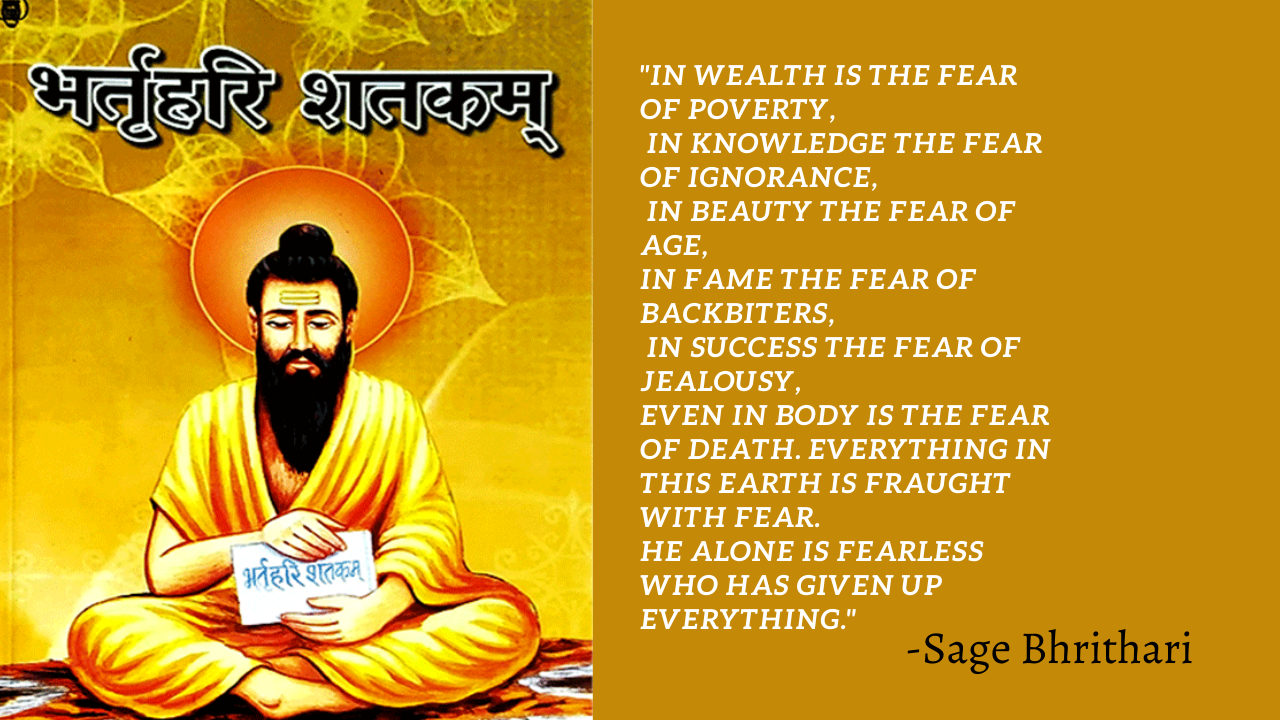Vivian Derozio and the Young Bengal Movement :- Lesser Known Awakening Movement.
Immence intellectual and cultural stirrings characterised nineteenth century India. The impact of modern Western culture and consciousness of defeat by a foreign power gave birth to a new awakening. There was an awareness that a vast country like India had been colonised by a handful of foreigners because of internal weaknesses of Indian social structure and culture.
Thoughtful Indians began to look for the strengths and weaknesses of their society and for ways and means of removing the weaknesses. While a large number of Indians refused to come to terms with the West and still put their faith in traditional Indian ideas and institutions, others gradually came to hold that elements of modern Western thought had to be imbibed for the regeneration of their society. They were impressed in particular by modern science and the doctrines of reason and humanism. While differing on the nature and extent of reforms, nearly all nineteenth century intellectuals shared the conviction that social and religious reform was urgently needed.
The central figure in this awakening was Rammohun Roy, who is rightly regarded as the first great leader of modern India.
Raja Rammohun Roy was a great thinker. He was also a man of action. From founding Brahmo Sabha to promote rational thinking and reform Hinduism, to laying foundations for the revival of Indian society by working to abolish sati custom, enrouraging press and journalism; there was hardly any aspect of nation-building which he left untouched.
Rammohun Roy was one of the earliest propagators of modern education which he looked upon as a major instrument for the spread of modern ideas in the country.
In 1817, David Hare, who had come out to India in 1800 as a watchmaker but who spent his entire life in the promotion of modern education in the country, founded the famous Hindu College. Rammohun Roy gave most enthusiastic assistance to Hare in this and his other educational projects. In addition, he maintained at his own cost an English school in Calcutta from 1817 in which, among other subjects, mechanics and the philosophy of Voltaire were taught. In 1825 he established a Vedanta College in which courses both in Indian learning and in Western social and physical sciences were offered.
A radical trend arose among the Bengali intellectuals during the late 1820s and the 1830s. This trend was more modern than even Rammohun Roy's and was known as the Young Bengal movement.
Its leader and inspirer was the young Anglo-Indian Henry Vivian Derozio, who was born in 1809 and who taught at Hindu College from 1826 to 1831. Derozio possessed a dazzling intellect and followed the most radical views of the time drawing his inspiration from the great French Revolution. He was a brilliant teacher who, in spite of his youth, attached to himself a host of bright and adoring students.
He inspired these students to think rationally and freely, to question all authority, to love liberty, equality and freedom, and to worship truth. Derozio and his famous followers, known as the Derozians and Young Bengal, were fiery patriots. Derozio was perhaps the first nationalist poet of modern India. For example, he wrote in 1827:
My country! in the days of glory past
A beauteous halo circled round thy brow,
and worshipped as a deity thou wast,
Where is that glory, where that reverence now? Thy eagle pinion is chained down at last,
And grovelling in the lowly dust art thou,
Thy minstrel hath no wreath to weave for thee save the sad story of thy misery!
Mind you that this was 1827, 30 years even before the great Revolt of 1857, that young Derozio expresses agony in his poem about the lost glory of his motherland!
One can surely estimate how brilliant intellect and sharp thinker Derozio must have been, that his genius perceived the pathetic condition of India so so early, earlier than most leaders.
Derozio was removed from the Hindu College in 1831 because of his radicalism and died of cholera soon after at the young age of 22. Derozians attacked old and decadent customs, rites and traditions. They were passionate advocates of women's rights and demanded education for them. They did not, however, succeed in creating a movement because social conditions were not yet ripe for their ideas to flourish. They did not take up the peasant's cause and there was no other class or group in Indian society at the time which could support their advanced ideas. Moreover, they forgot to maintain their links with the people. In fact, their radicalism was bookish; they failed to come to grips with the Indian reality.
Even so, the Derozians carried forward Rammohun's tradition of educating the people in social, economic and political questions through newspapers, pamphlets and public associations. They carried on public agitation on public questions such as the revision of the Company's Charter, the freedom of the Press, better treatment for Indian labour in British colonies abroad, trial by jury, protection of the ryots from oppressive zamindars, and employment of Indians in the higher grades of government services.
Surendranath Banerjea, the famous leader of the nationalist movement, described the Derozians as "the pioneers of the modern civilization of Bengal, the conscript fathers of our race whose virtues will excite veneration and whose failings will be treated with gentlest consideration".
So friends, our today's blog was on the Young Bengal movement - a lost current of thoughts and activities which greatly fertilised the land of Bengal, the then capital of India, for its Renaissance, exciting nationalism all over India!
Thanks,
Daksh Parekh.








Comments
Post a Comment